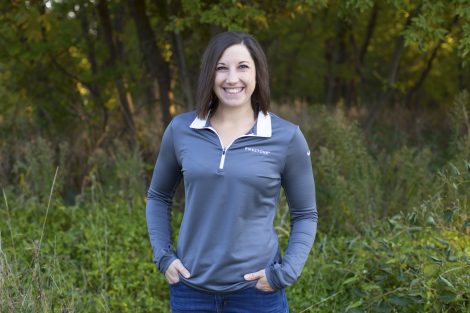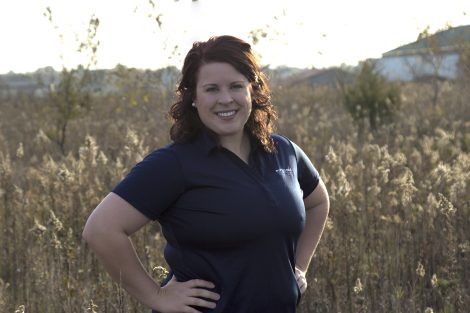

Early Pig Care Management
As hog producers, we strive to provide a safe and healthy environment to raise our animals. It is crucial to take the following steps to start your pigs to ensure you’re providing a strong foundation for the rest of the group.
Before placing pigs, barn sanitation, feed, water, and environment are major key components for a successful start to a group of pigs.
- Thoroughly clean and disinfect your facility. The improper implementation of this task can leave a damaging effect on future turns of pigs. Look to ensure all surfaces in your facility have been thoroughly cleaned from manure and debris. In addition, all barn equipment is to be washed and disinfected.
- Consult with your veterinarian and nutritionist on a feed medication and feed budget plan. Feed should be ordered at least 48 hours in advance before pigs arrive to the farm. Feeders are to be clean and dry. Ration 1 should be evenly distributed throughout the entire barn and available to the pigs immediately upon arrival.
- Water should be turned on and nipple bars should be placed at shoulder height, if being utilized, to ensure the smallest pig in the pen has access to water. Water pressure should be checked and confirmed the pressure is between 12-15 Pound-force per square inch (PSI), along with the recommended 10-15 pigs per water space.
- Upon the arrival of pigs, the facility should be dry and warmed up at least 24 hours in advance.
- Fans should all be checked to ensure adequate air flow is entering the barn for proper ventilation.
- Brooders should be set at 5′ high with 150 pigs per brooder. Optimal mat temperatures should be set to achieve a range of 85-95 degrees.
Now that pigs have arrived at your farms, feed, water, and environment should be re-evaluated daily.
- Feeders should be adjusted daily with a 50% pan coverage regardless of the feeder type you have in your barn. Plan to make these adjustments in small increments to avoid over adjusting. Clean out spoiled feed as necessary to keep fresh feed in the pans.
- Nipple bars should be raised alongside the growth of the pigs and continue to be adjusted to the shoulder height of the smallest pig in the pen. Begin to transition pigs from nipple bars to waters under the feeders as soon as possible to maximize gains and reduce water waste into the pits. This transition process should take place and be completed by 10-14 days post placement.
- Check pig comfortability and environment. Air quality should be assessed daily within the first 5 minutes of entering the pig space. Pens should be dry, and pigs should lay 1-1 1/2 deep.
Middle/Late Pig Care Management
Now that pigs are established on the farm, let’s not forget about some important production practices that should later be addressed.
Proper pen utilization should be considered. Ensure empty, sick pen, graduation, and general population spaces have been evened out. The failure of verifying adequate pen utilization could be a direct result in decreased performance of that group.
During hot weather season, when pigs weigh a minimum of 120 pounds, soaker and mister settings should be properly set.
- Start temperature between 80-85 degrees
- Leave on long enough for pigs to get wet (1-3 minutes)
- Turn off long enough for pigs and floors to dry (10-20 minutes)
Market planning should occur 3-4 weeks prior to topping the barn. Items to consider are current target weight for your packer, fill time, wean weight, and any health challenges that occur. On average, plan on pigs gaining 2lbs/day late finishing.
As a producer is marking loads, it is crucial that the biggest pigs in the barn are to be selected for the load they are currently marking. Always select the biggest pigs in the barn and not the biggest pigs in the pen.
While loading out pigs for market, it’s important that a producer has proper and operational equipment and has established a clean/dirty line to protect the farm from future health challenges such as PEDv.
